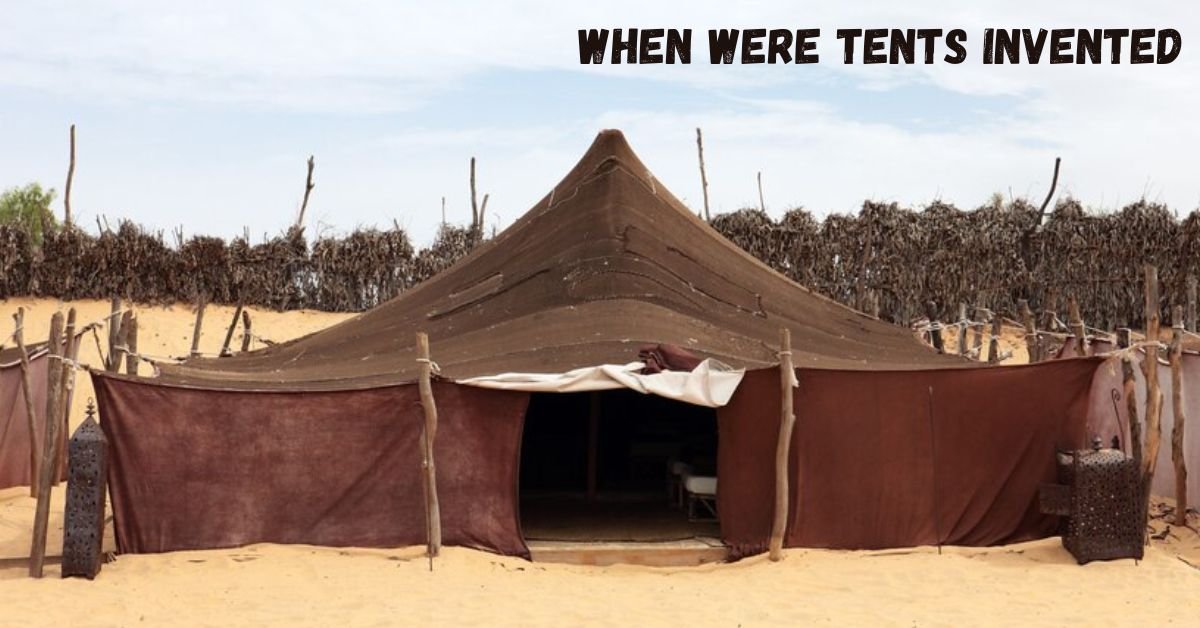Tents have served as portable shelters for millennia, adapting to the needs of various cultures and environments. Their evolution reflects human ingenuity in creating temporary housing solutions. This article explores when people invented tents, examining their origins, development, and significance across different eras.
Early Beginnings: Prehistoric Shelters
The earliest evidence of tent-like structures dates back to the Paleolithic era, approximately 40,000 years ago. Archaeological findings suggest that early humans utilized animal hides and bones to construct portable shelters, providing protection from the elements during their nomadic lifestyles.
Ancient Civilizations: The Rise of Tent Usage
In ancient civilizations, tents became integral to various cultures. The Bible describes Jabal in Genesis 4:20 as “the first to live in tents and raise sheep and goats.”.”
The ancient Greek historian Herodotus recorded the first written description of the Mongolian yurt, a portable, round tent covered with skins or felt, around 600 BC. This type of tent has been used for thousands of years.
Medieval and Renaissance Periods: Advancements in Tent Design
During the medieval and Renaissance periods, tents evolved in design and material. The introduction of canvas and the development of more sophisticated structures allowed for greater comfort and functionality. Notably, in 1862, British climber Edward Whymper designed and built the first purpose-made climbers’ tent, a four-man tent with an A-frame and crossed poles.
Modern Innovations: Contemporary Tent Designs
The 20th century witnessed significant advancements in tent technology. The 1980s saw the re-introduction of inflatable tents, which utilized air beams instead of traditional poles, offering easy setup and improved stability.
Today, manufacturers make tents from lightweight fabrics and advanced polymers to serve needs ranging from camping to emergency shelters.
Comparison Chart: Evolution of Tent Designs
| Era | Tent Type | Materials Used | Features |
|---|---|---|---|
| Prehistoric | Animal Hide Shelters | Animal hides, bones | Portable, basic protection |
| Ancient Civilizations | Yurt | Skins, felt | Circular, insulated, suitable for nomads |
| Medieval/Renaissance | Canvas Tents | Canvas, wood | Improved durability, larger sizes |
| 20th Century | Inflatable Tents | PVC, air beams | Easy setup, lightweight, modern materials |
| Modern Day | Various Designs | Lightweight fabrics, polymers | Specialized for different activities and climates |
Conclusion about when were tents invented
Tents have a rich history, evolving from simple animal hide shelters to sophisticated structures designed for various purposes. Their development mirrors human adaptability and the quest for comfort and protection in diverse environments. Understanding the history of tents highlights human ingenuity and the significance of portable shelters in cultural and technological evolution.

